Designposts is a series of ten wooden sculptures introduced to the streets of the city during this year’s London Design Festival. A collaborative project between LDF, the American Hardwood Export Council
(AHEC) and three British furniture makers – Benchmark Furniture, Sebastian Cox and Jan Hendzel Studio – it paid tribute to the creative diversity of London’s neighborhoods. Giving emerging UK designers a platform, festival attendees a free open-air exhibition, and showing the potential of an underused, highly sustainable material, American red oak, were the overall goals of the project.
Each of the ten Designposts were designed by a student or recent graduate of either London Metropolitan University or the Bartlett School of Architecture at UCL. Designers were assigned an LDF Design District and asked to create a large-scale sculptural structure with guidance from AHEC and the furniture makers. Here’s a closer look at each structure and the individual behind it.
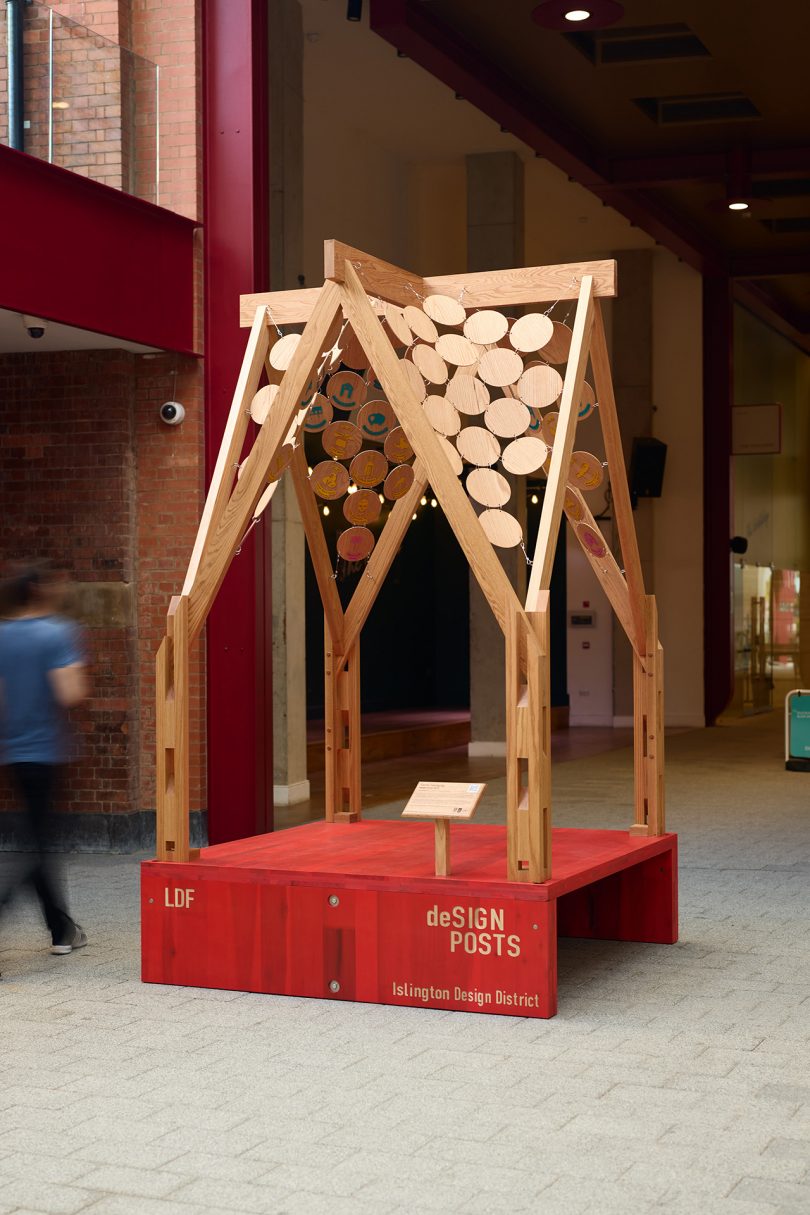
Designed by Carrie Coningsby
Carrie Coningsby
Islington, Islington Design District
Made by Benchmark Furniture
Islington was a block-printing hub in the 18th and 19th centuries, so to acknowledge the heritage plaques that adorn many of the district’s buildings, Coningsby created a ‘local landmark library’. The piece invites visitors to discover and reconnect with key figures from Islington’s past, as well as its rich creative history. Coningsby’s design presents a vaulted timber structure with decorative hanging disks and block-printed detailing.
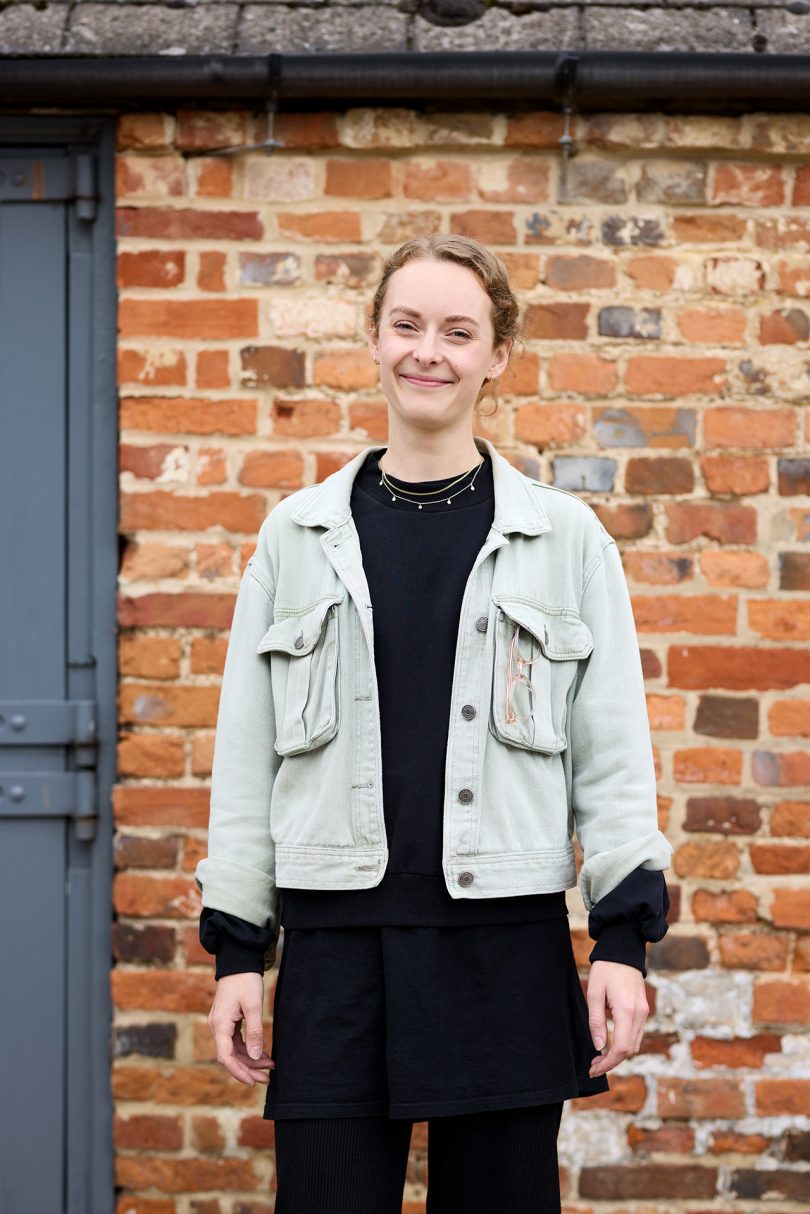
Carrie Coningsby
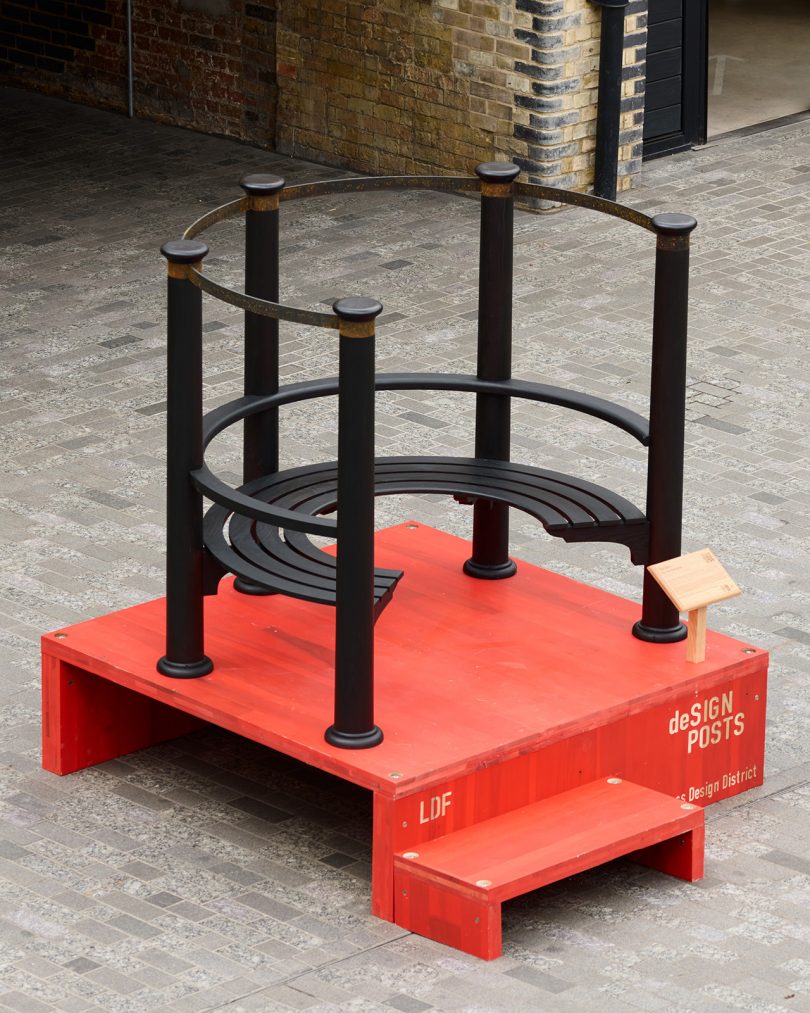
Designed by Alba Elezi
Alba Elezi
King’s Cross, King’s Cross Design District
Made by Benchmark Furniture
Combining sculptural beauty with practical function, Alba Elezi’s design takes the iconic gasholders of King’s Cross and reinterprets them as shared sculptural seating. The Designpost stands in Coal Drops Yard, less than 100 meters from the structures that inspired it.
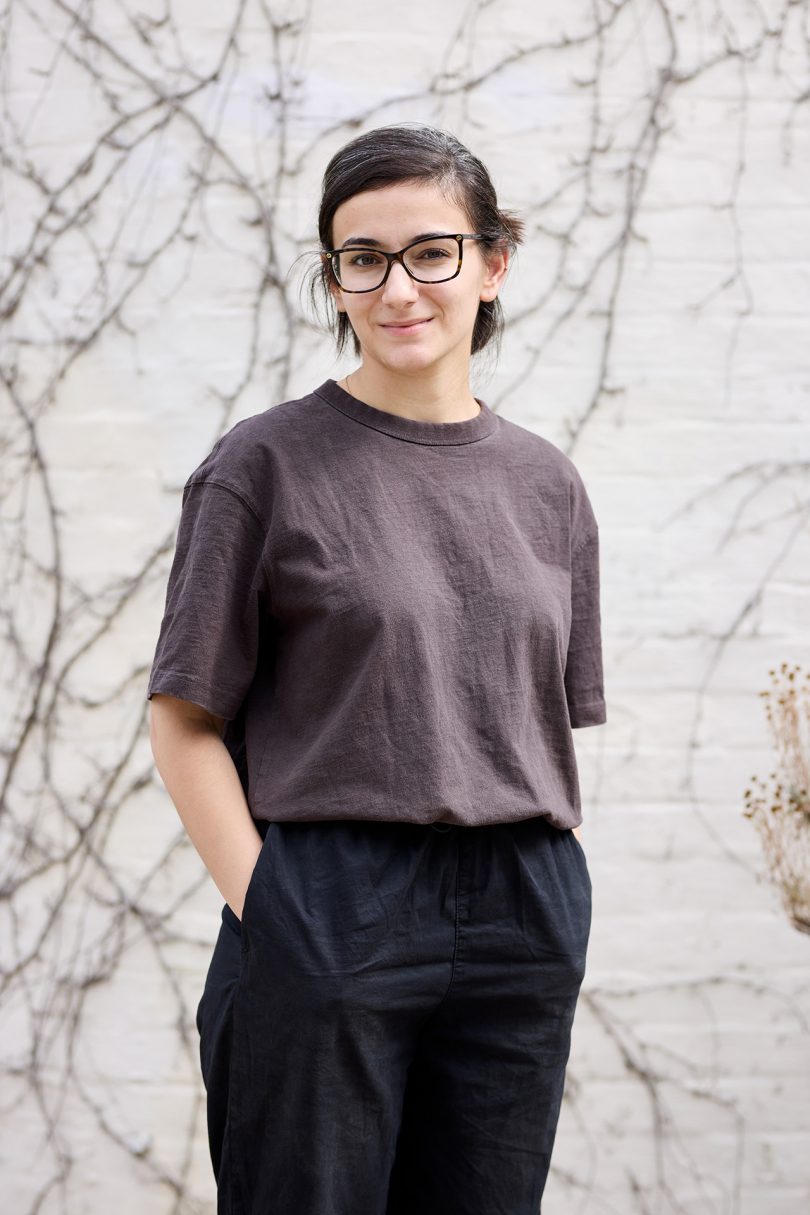
Alba Elezi
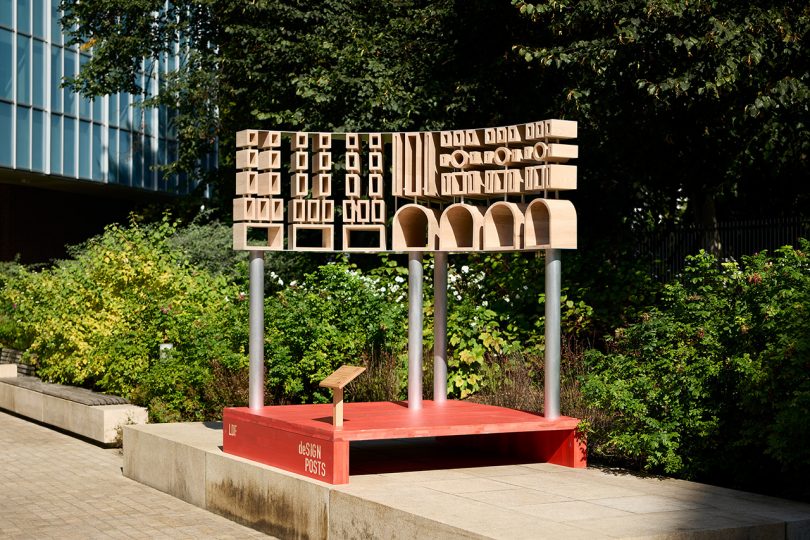
Designed by Daegyu Kim
Daegyu Kim
The Design Museum
Made by Benchmark Furniture
The sweeping curve of Regent Street inspired Daegyu Kim’s homage to the classical architecture of West London. Using long tubes and blocks of red oak to create versions of the arches and windows, Kim seeks to recreate the impression felt when emerging from the darkness of the Underground to be greeted by the street. Kim’s design celebrates the grain of American red oak, with visitors encouraged to peer through the abstracted timber windows.
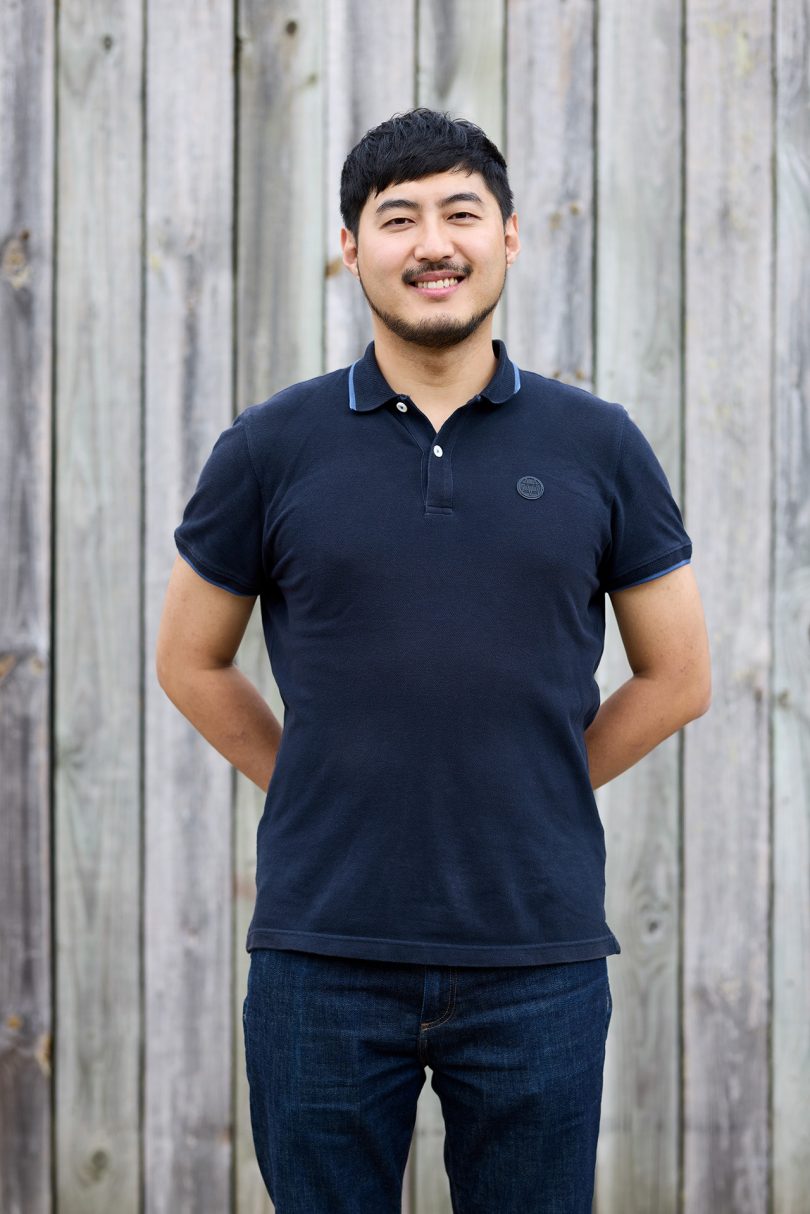
Daegyu Kim
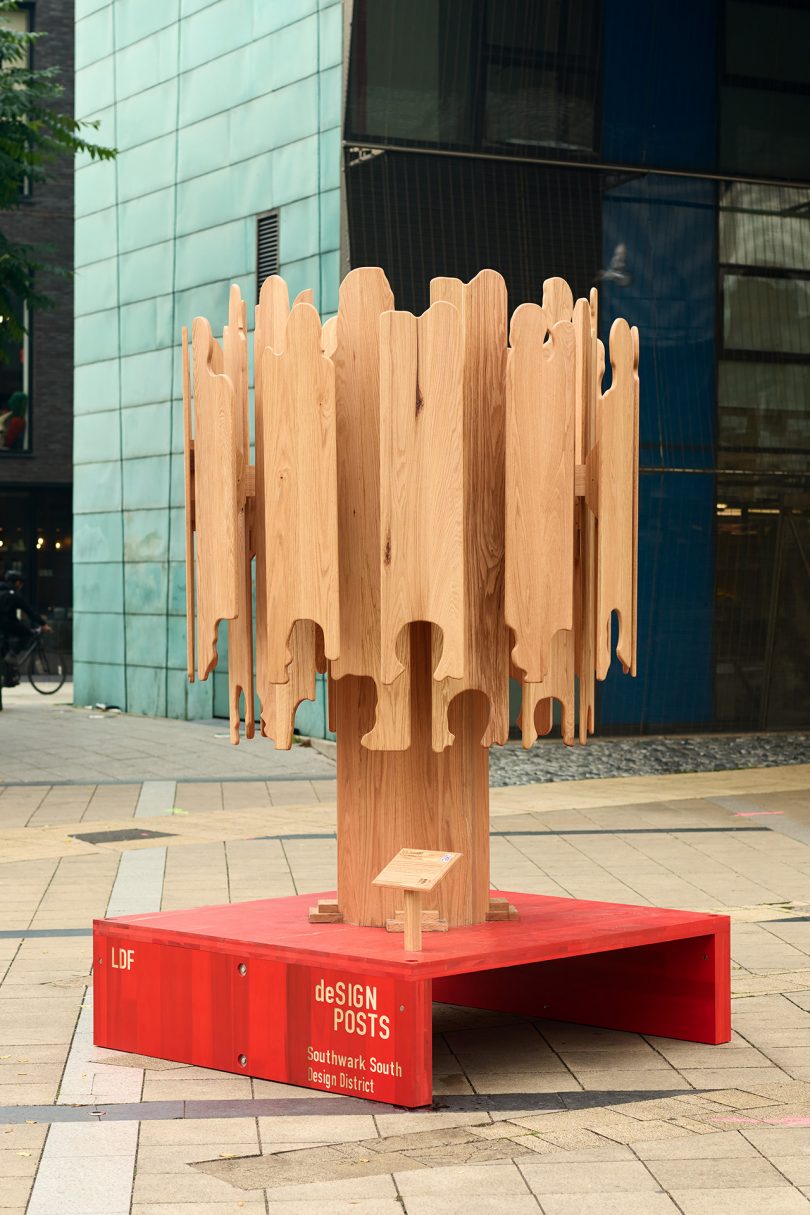
Designed by Darta Shokrzadeh
Darta Shokrzadeh
Southwark, Southwark South Design District
Made by Jan Hendzel Studio
Darta Shokrzadeh’s Designpost is a response to the streets of Southwark, stemming from his own time spent exploring the district. Based on photographs taken himself, the design captures the round-the-clock busyness and ethnic vibrancy of the area, translating the daytime bustle of the streets and markets as well as the energy of bars and clubs by night.
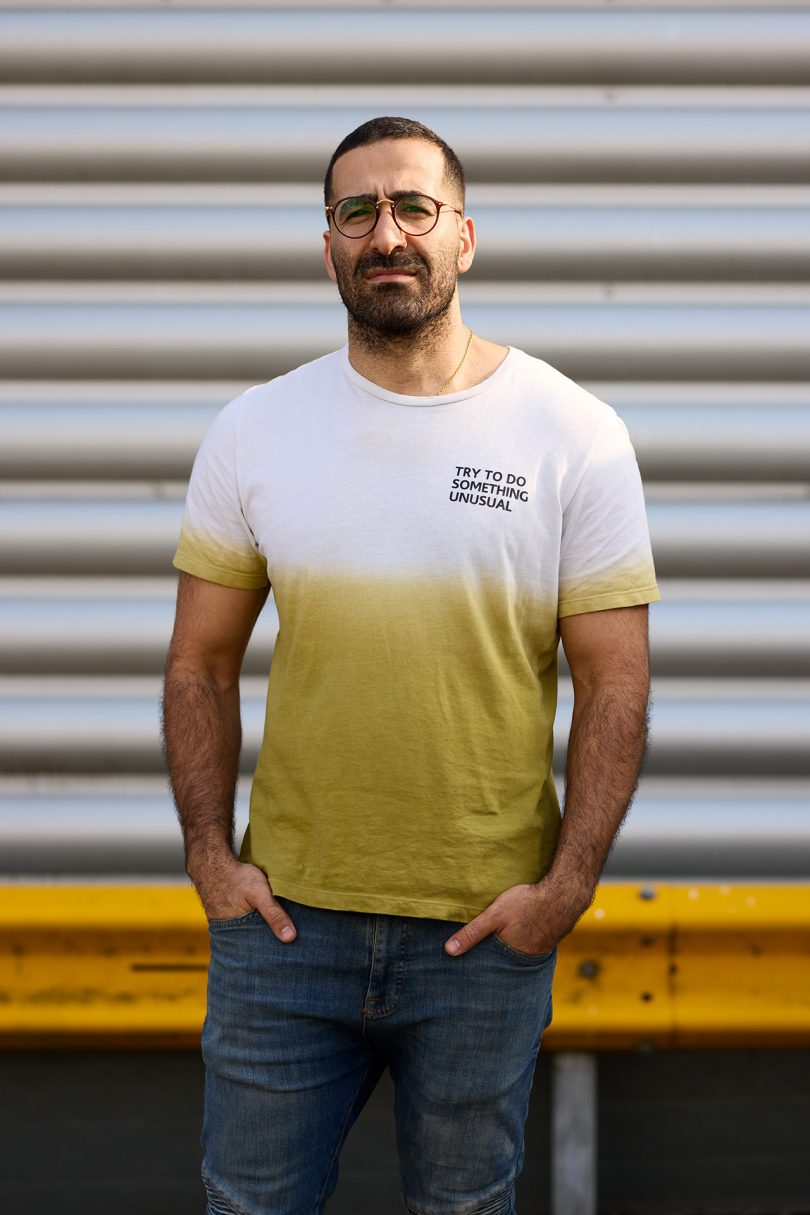
Darta Shokrzadeh
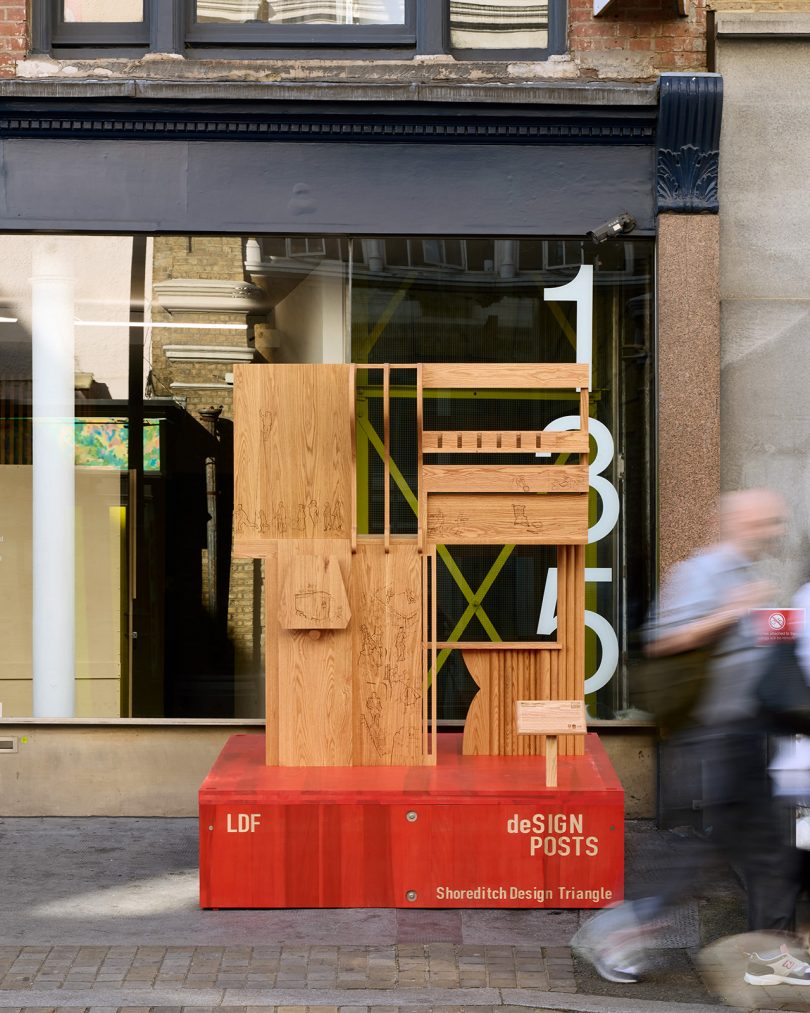
Designed by Megan Makinson
Megan Makinson
Shoreditch, Shoreditch Design Triangle
Made by Benchmark Furniture
Megan Makinson’s structure celebrates how historical narratives of the streets of Shoreditch intersect with the district’s culture of street artists. Starting as a reflection of its setting, the design weaves in other narratives, such as the story of ‘The Theatre’. One of London’s first permanent venues, it was dismantled in 1598 and its timbers used to build the Globe. Aptly, when LDF comes to an end, Makinson’s sculpture will take on a second life as a puppet theatre.
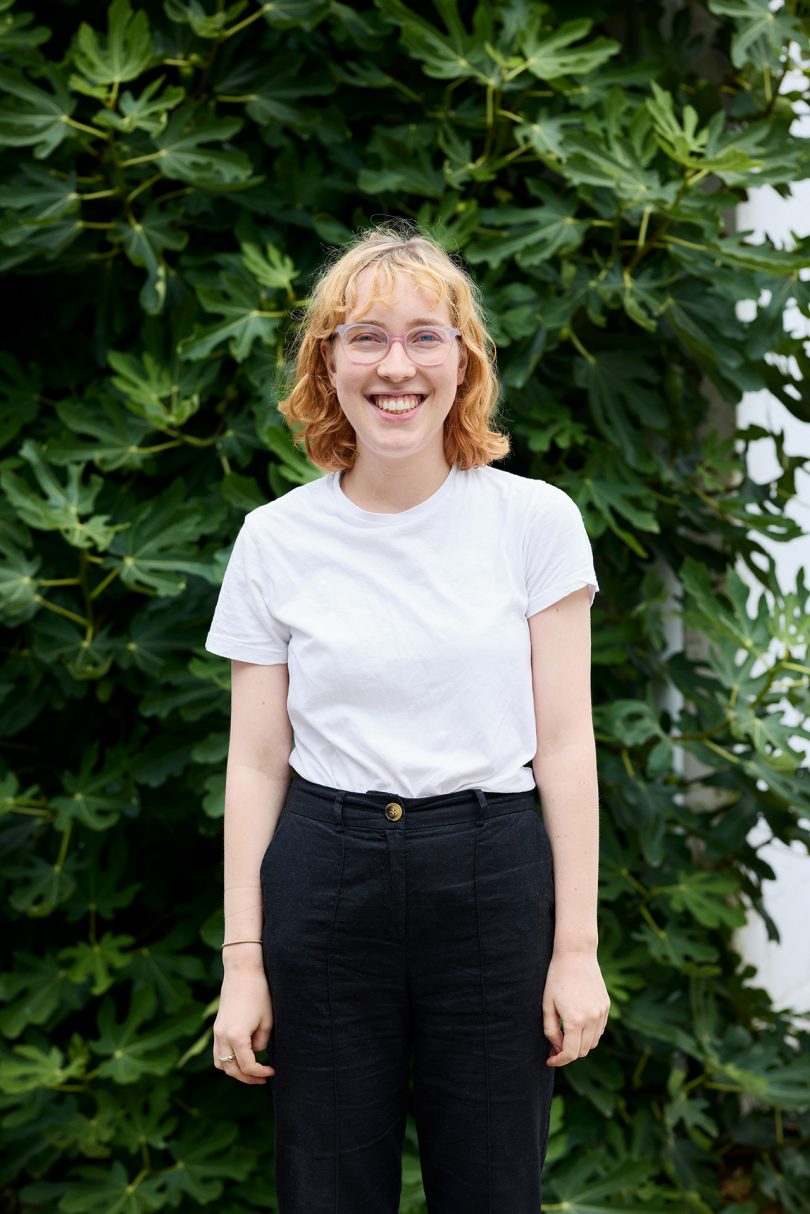
Megan Makinson
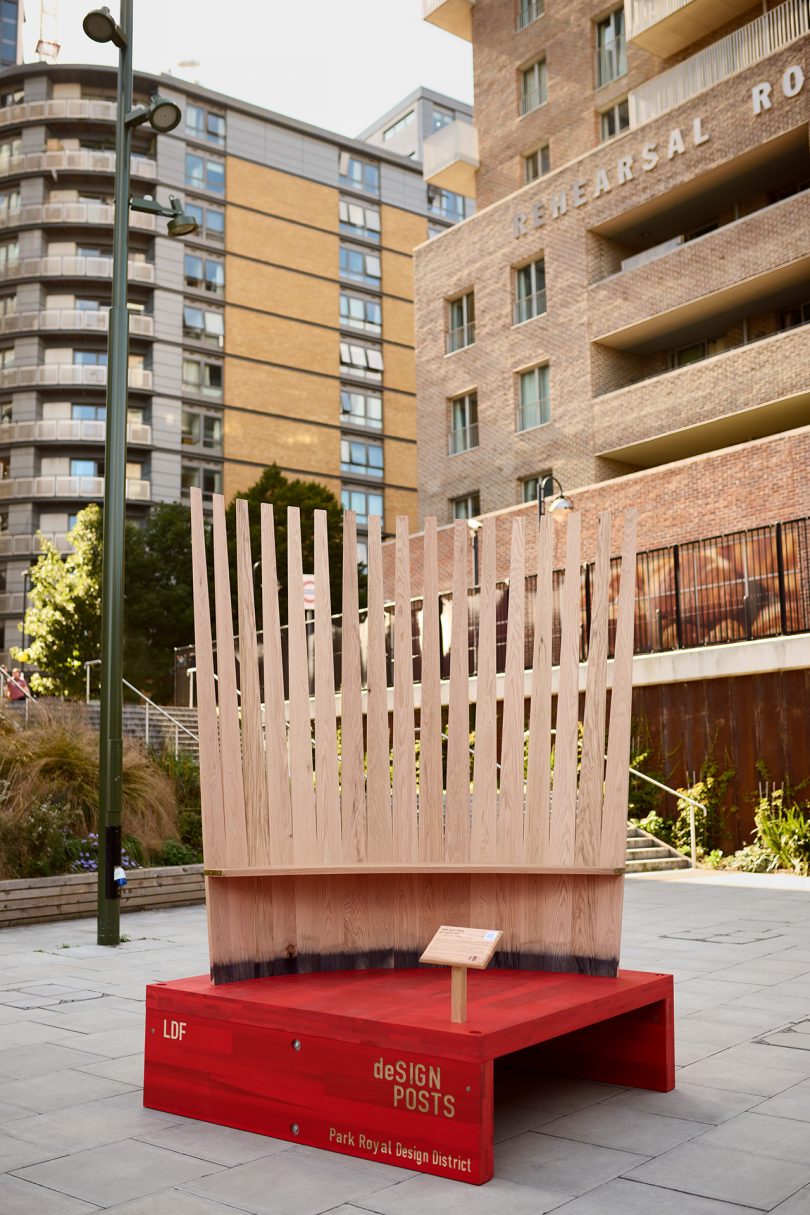
Designed by Aude Saint Joanis
Aude Saint Joanis
Park Royal, Park Royal Design District
Made by Sebastian Cox
Aude Saint Joanis’s design draws inspiration from Park Royal’s industrial heritage, referencing its former Guinness brewery, its current whisky distillery and the barrel-making tradition that both keep alive. Its form represents a barrel in the process of being made, a nod to the transformation that the district is currently undergoing, and to the evolving community of craftspeople and makers that have made its home here.

Aude Saint Joanis
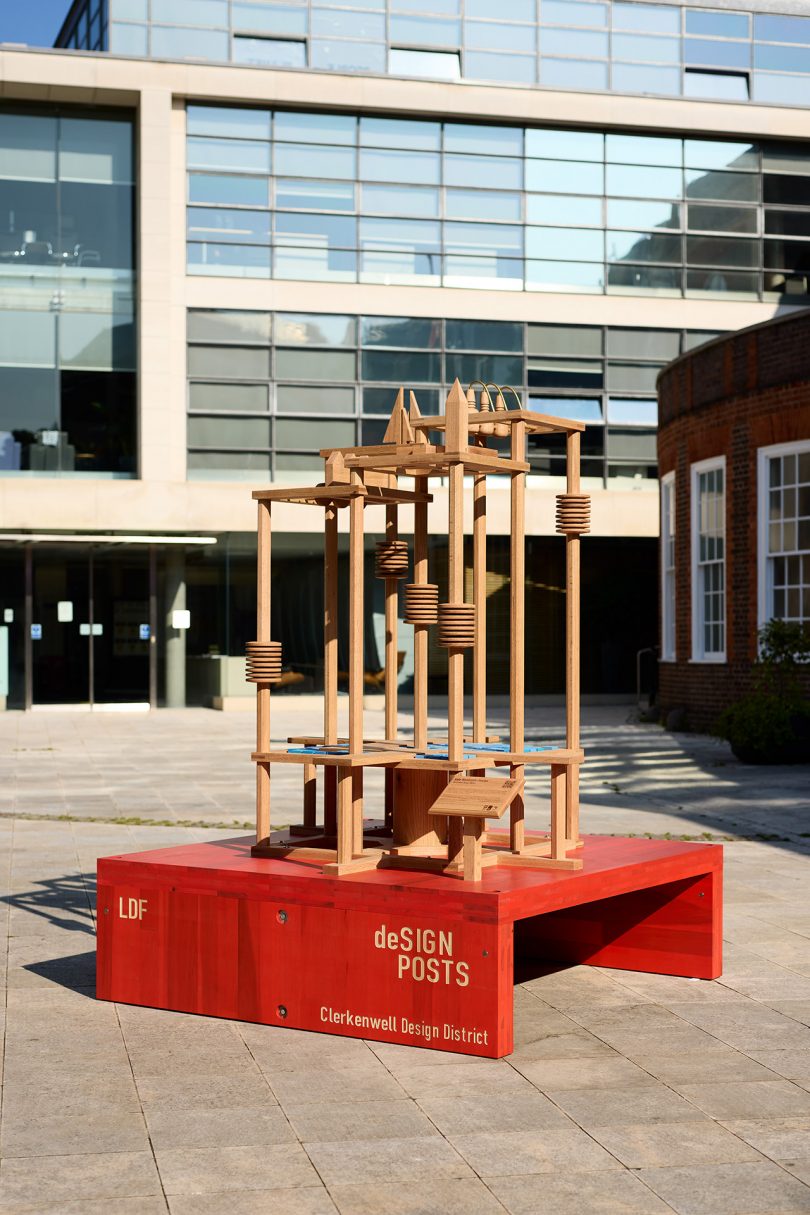
Designed by Kate Woodcock-Fowles
Kate Woodcock-Fowles
Clerkenwell, Clerkenwell Design District
Made by Jan Hendzel Studio
To develop her Clerkenwell Designpost, Kate Woodcock-Fowles looked back to the district’s story and its historic relationship with water. Each plinth represents a piece of this history, beginning with Clerkenwell’s origins in the 1100s as the ‘Clerk’s Well’, a source of water used by the monastic houses of the area. By bringing these stories to the surface, Woodcock-Fowles hopes to make visitors think about the hidden world beneath their feet and its role in shaping the ground above.
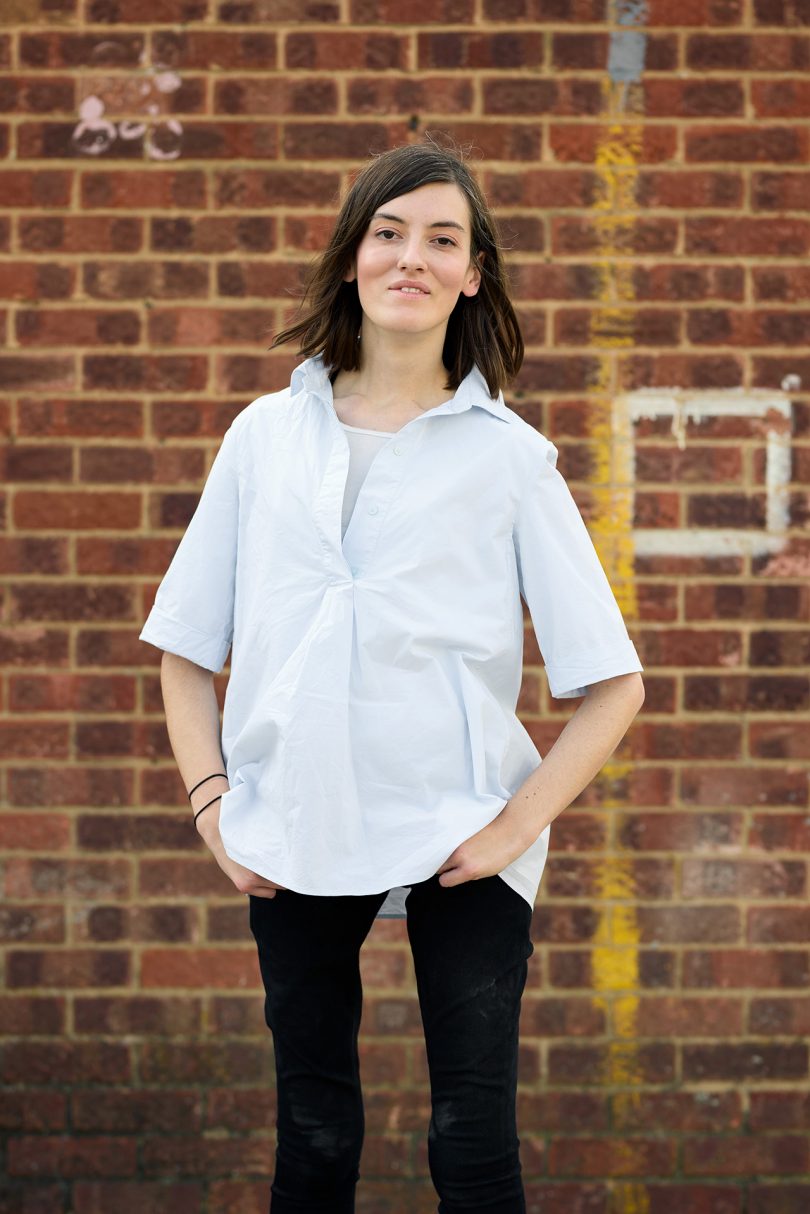
Kate Woodcock-Fowles
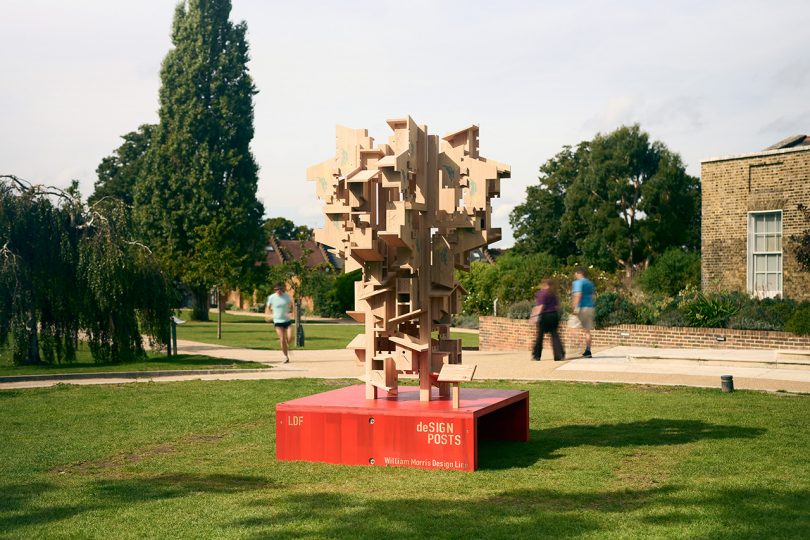
Designed by Faye Greenwood
Faye Greenwood
Waltham Forest, William Morris Design Line
Made by Sebastian Cox
In her Designpost, Faye Greenwood fuses two key elements of Waltham Forest – its historic relationship with William Morris and the wildlife habitats of the Walthamstow Wetlands. Her design comprises a series of animal habitat building blocks (two bird boxes, a bat box and a bug box) that are connected with crafted joints and adorned with repeating motifs. Combining nature, community and craftsmanship, Greenwood emphasizes the district’s creative story, while also celebrating its natural environment.
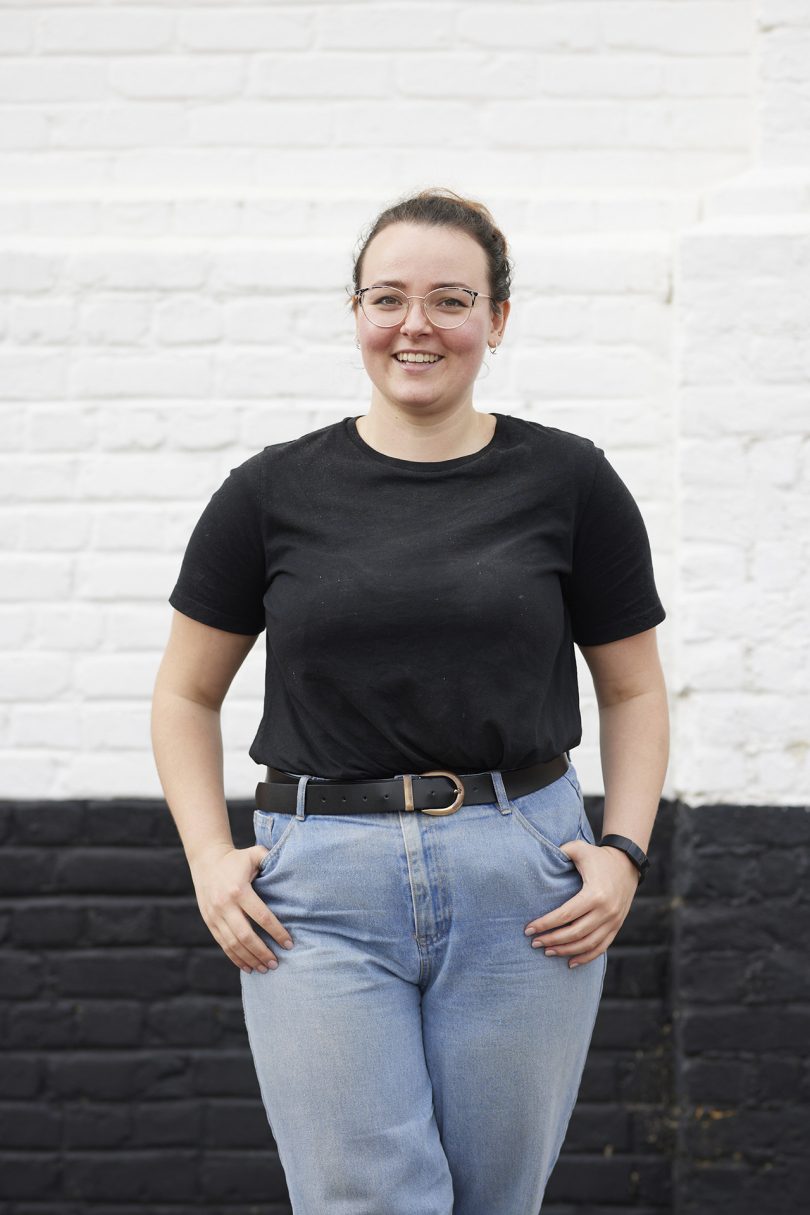
Faye Greenwood

Designed by Jason Brooker
Jason Brooker
Design District, Design District at Greenwich Peninsula
Made by Benchmark Furniture
Jason Brooker’s Designpost is a meditation on pushing the possibilities of red oak, while paying tribute to the past, present and future of Greenwich Peninsula. The curving, sail-like structure of the design references the diverse techniques and methods used by the creative community of Design District, and by extension the design cultures that have influenced the area’s history.
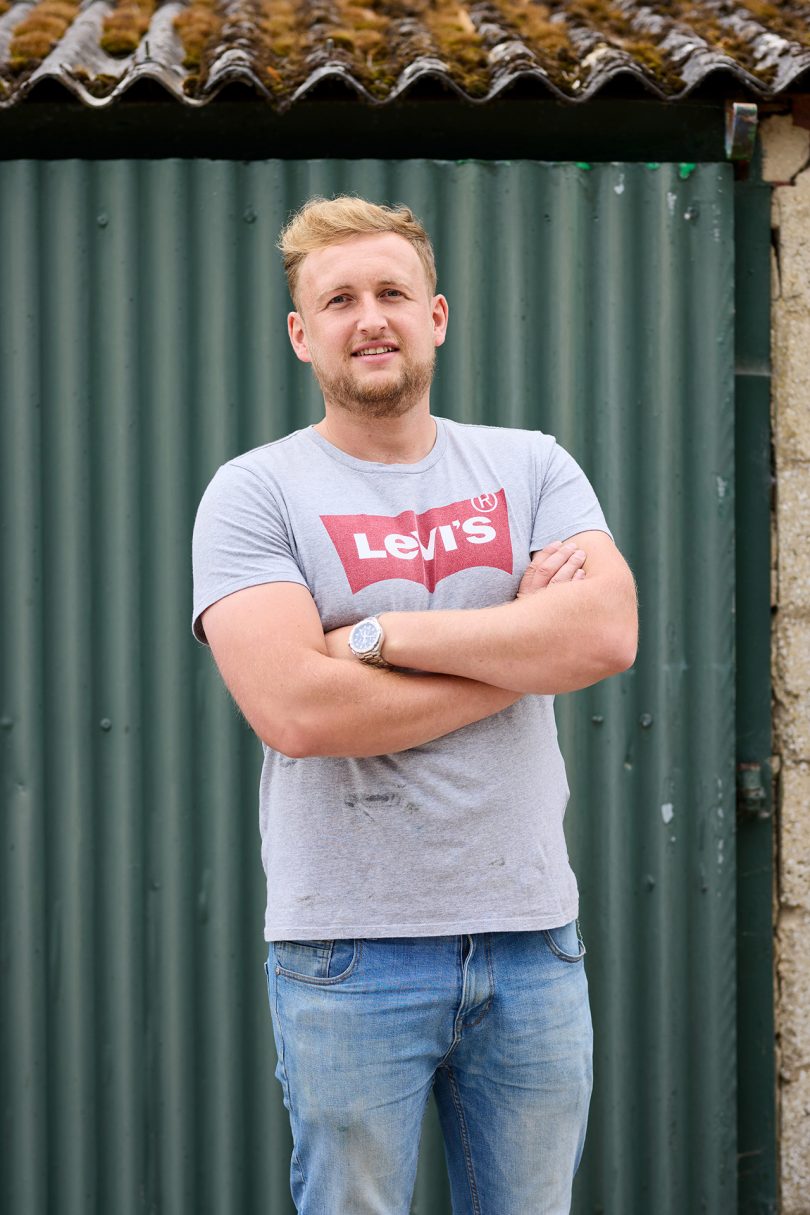
Jason Brooker
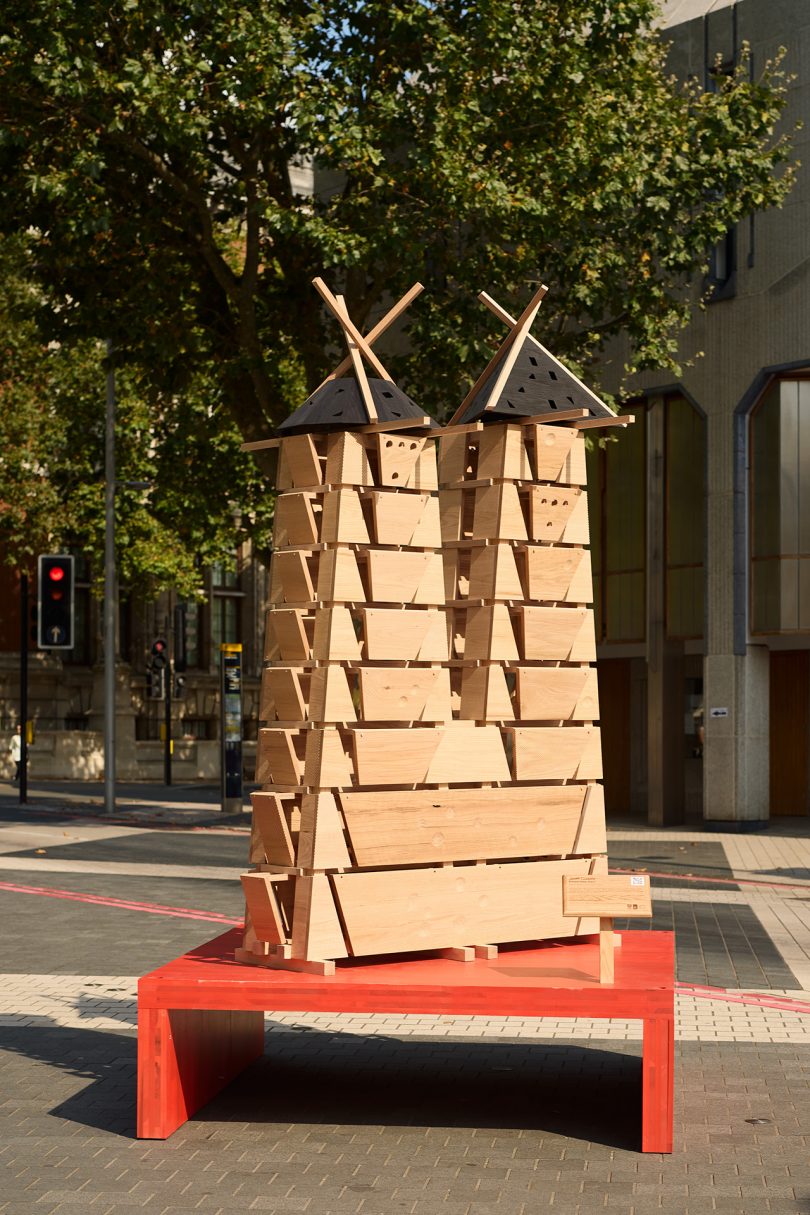
Designed by Jonah Luswata
Jonah Luswata
Brompton, Brompton Design District
Made by Sebastian Cox
Inspired by the obelisk – in particular the moonlight towers used to illuminate the city in the late Victorian era – Jonah Luswata’s Designpost celebrates its Brompton location in several ways. The design is informed by the district’s plethora of museums, and the socio-cultural history they represent, as well as the contemporary design culture and reverence for craft that has resulted from the numerous design firms that make Brompton their home today.
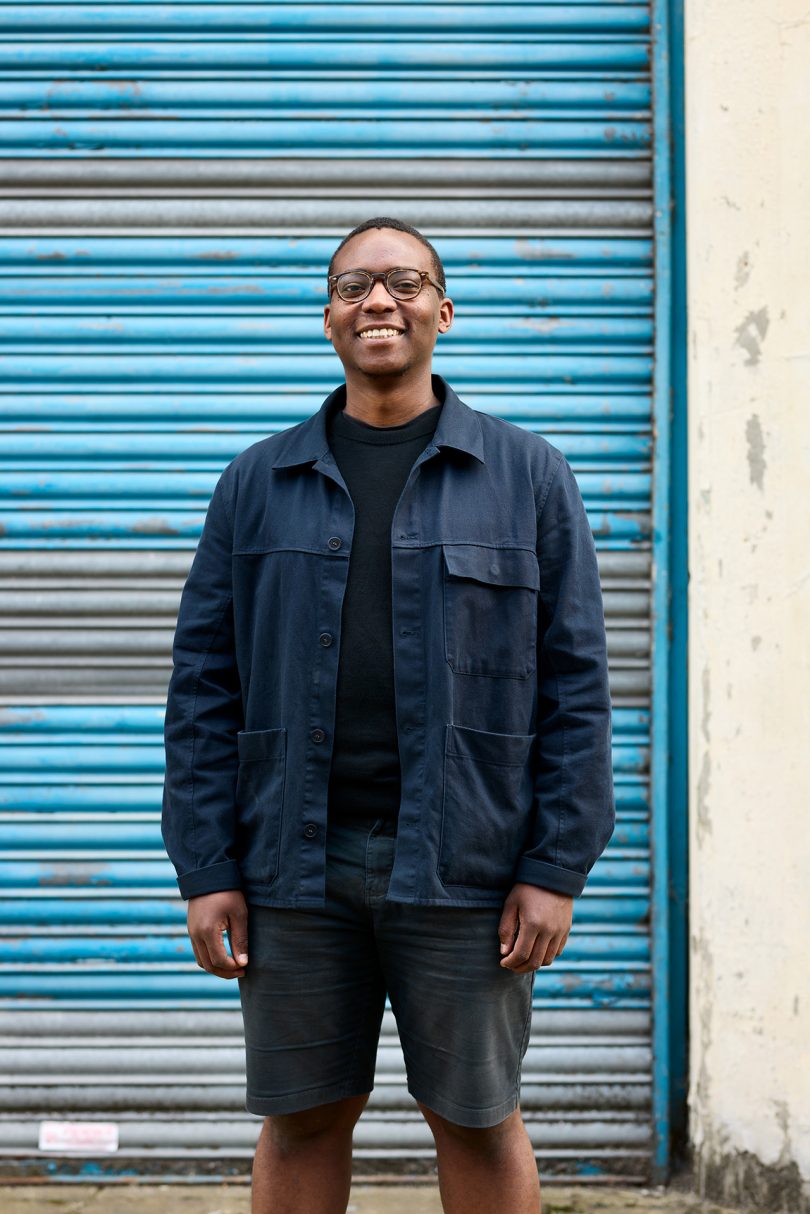
Jonah Luswata
The Designposts were erected on plinths manufactured from cross-laminated panels of tulipwood, repurposed from LDF and AHEC’s 2019 Landmark project MultiPly, which will be used again in future editions of the festival. After LDF, the Designposts themselves will likely be donated to London institutions, either to live permanently or be repurposed for new student projects.
The project hopes to communicate to both designers and the public that hardwoods, such as red oak, are viable material options from a sustainability perspective. Red oak is the most abundant species in American hardwood forests, yet is often overlooked in European design. Over-reliance on a small area of forests can have a damaging effect on ecosystems, and AHEC believes that designers and architects have a responsibility to use whatever nature provides. Growing wild rather than being planted, red oak is both a sustainable and renewable material option with significant aesthetic appeal for designers and architects.
Photos by Thom Atkinson.

Kelly Beall is senior editor at Design Milk. The Pittsburgh-based graphic designer and writer has had a deep love of art and design for as long as she can remember, and enjoys sharing her finds with others. When undistracted by great art and design, she can be found making a mess in the kitchen, consuming as much information as possible, or on the couch with her three pets. Find her @designcrush on social.
You can follow Kelly Beall on Twitter, Facebook, Pinterest, and Instagram. Read all of Kelly Beall’s posts.
